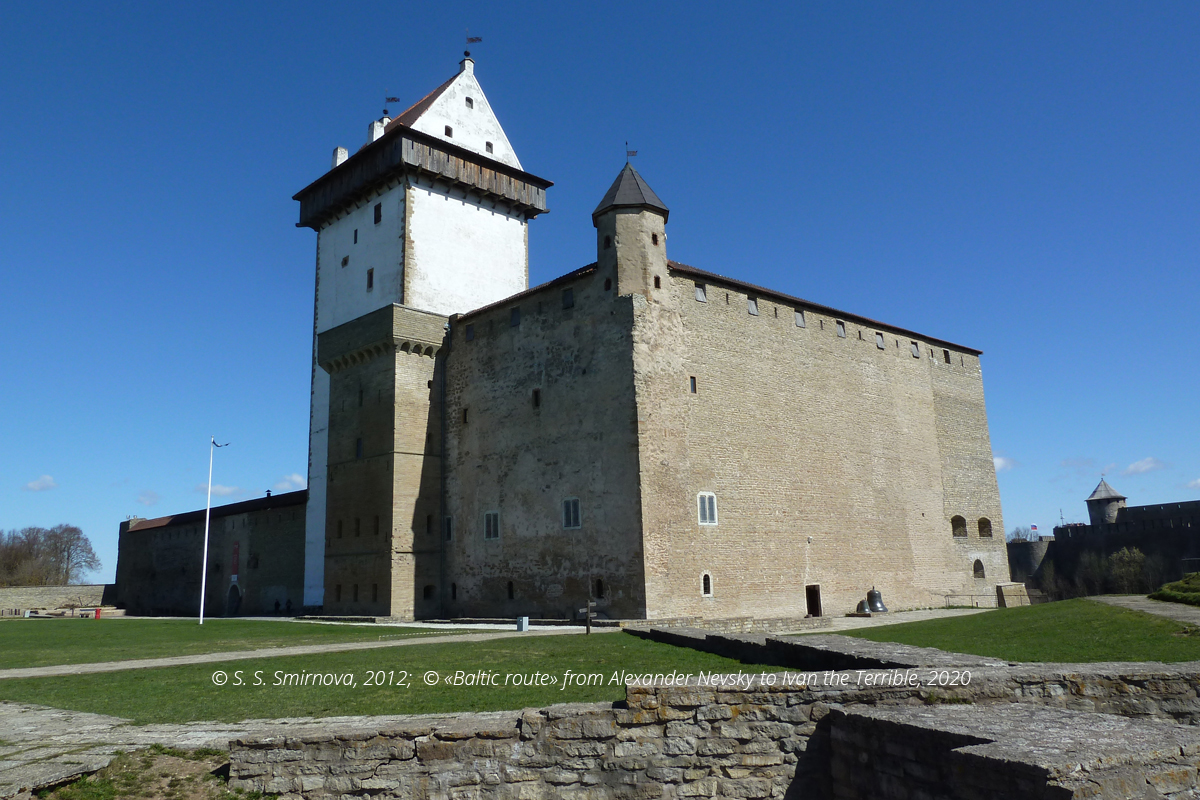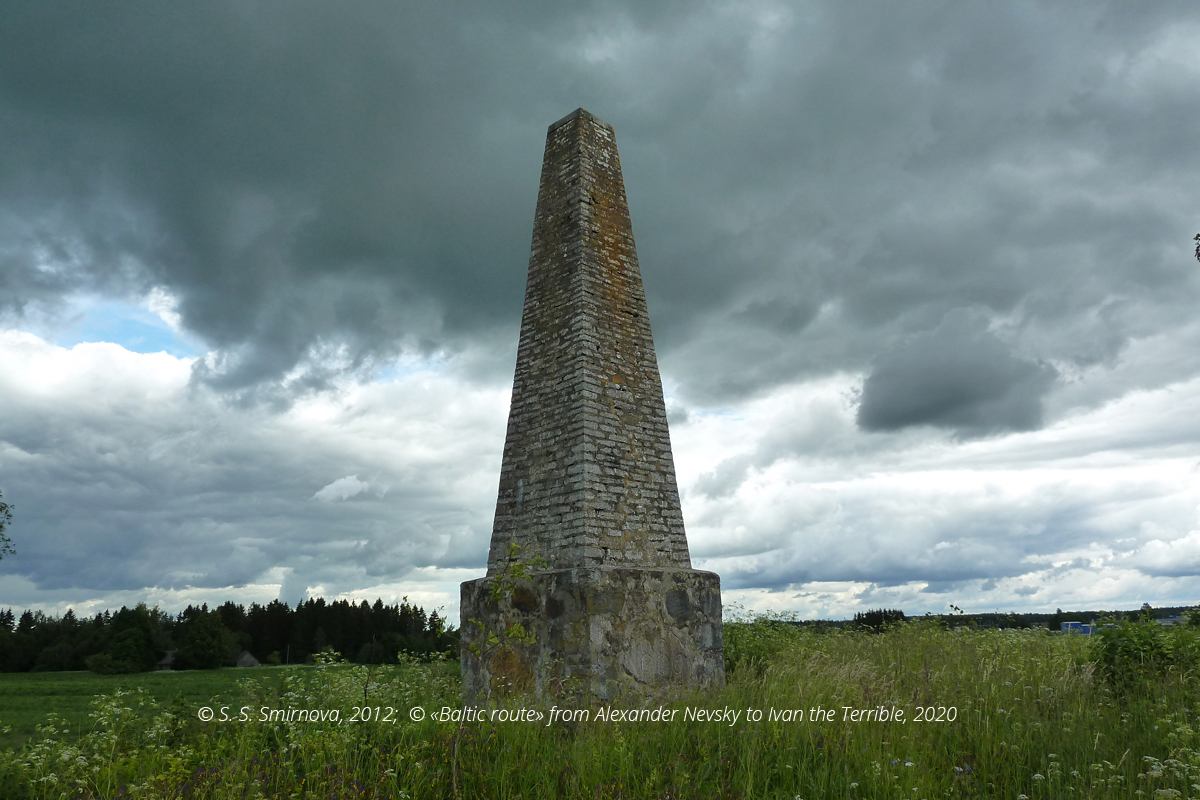In October 1578 battle of Wenden took place. The Lithuanians under Andrzey Sapieha, the Poles under Matthias Dembinski, the Livonians under Nikolay Korff, the Swedes under Georg Boyewon the Russian troops. The Russians lost more than 30 guns and several superior commanders. It was the first defeat from Swedes.
After the catastrophe at Polotskin 1579 Russia had new problems in the Baltic region: the Swedes took the opportunity and boosted their activity. On 18th of July the Swedish fleet attacked Narva and Ivangorod and burned by gunfire the suburbs. On 27th of September troops under Heinrich Horn besieged Narva. The siege lasted two weeks and was raised only when troops led by Dmitry Khilkov came to relieve the fortress.
Historians made a caustic remark that «the Swedish King extracted profit out of victories of others». The black war days for Russia were not over: Swedish attacks developed in the Baltic region and in Karelia. In November 1580 the stronghold named Karela, the main Russian fortress in Karelia, was taken by troops under Pontus Delagardi. In Northern Estlandia the Swedes besieged the fortress of Padis. The besieged suffering from starvation ate all their horses, dogs, cats, hay, straw, skins, there even were some who secretly tasted human flesh. In December 1580 the exhausted garrison could not withstand the second assault and surrendered. Early in 1581 the Swedish troops under Pontus Delagardi invaded in Northern-Eastern Livonia. In March, after a long bombardment, Wesenberg surrendered to the Swedes. The Swedes commanded by Pontus Delagardi easily captured Narva. After Narva fell Yam, Koporye, Weissenstein, Pernau was besieged.
Narva

Koporye

Weissenshtein
The Monument of Livonian Wars near Weissenshtein
The war ended with a temporary truce in 1583, which is called Plyussky. It was a very short-term agreement on a temporary border and ceasefire. The border between Sweden and Russia was drawn along the river Strelka — in the area of the present Strelna near St. Petersburg. That is, the modern mouth of the Neva and a small section of the Baltic coast from Strelka to the Neva moved to the Russian side, but the lands where Peterhof and Lomonosov are now were considered Swedish.
These conditions did not suit both sides. Russia wanted to return the lands along the southern coast of the Gulf of Finland to Ivangorod, as it was before 1583. Sweden considered the Baltic Sea as its «lake». As a result, the Russian-Swedish war began — the last war for the Baltic lands in the 16th century. On December 14, 1589, Tsar Fyodor Ivanovich himself arrived in Veliky Novgorod at the head of the army. On January 18, 1590, Russian regiments moved in the direction of Ivangorod — Narva. Yam was taken, but the Swedes defended Ivangorod. At the negotiations in 1590, Sweden returned back the Ivangorod, Yam, Koporye and part of the coast of the Gulf of Finland.
However, the Swedish king executed Karl Horn, the hero of the defense of Revel during the Livonian War, who signed the truce, the governor of Narva, and ordered the fighting to continue. Now the Swedes have laid siege to the Russian garrison in Ivangorod, attacked Yam and Koporye. Russia responded in 1592 with a raid across Southern Finland. The fighting went from Vyborg to Abo. In 1595, the Tyavzin treatment was concluded, according to which Russia actually restored its possessions in the region, which were before the Livonian War, in addition, returned Korela. Moscow recognized the belonging of Northern Estonia to the Swedish crown, which was important for Stockholm in the context of the Swedish-Polish war for the Baltic states.
It seemed that the Tyavzin treatment would lay down the principles of the division of the Baltic lands for years, but the Russian Time of Troubles at the beginning of the 17th century will lead to the loss of the entire coast of the Gulf of Finland and the Neva basin, according to the Stolbovsky Peace Treaty of 1617. It will be Peter I who will return these lands during the Northern War of 1700–1721.
A. I. Filyushkin

 English (United Kingdom)
English (United Kingdom)  Russian (Russia)
Russian (Russia) 




























